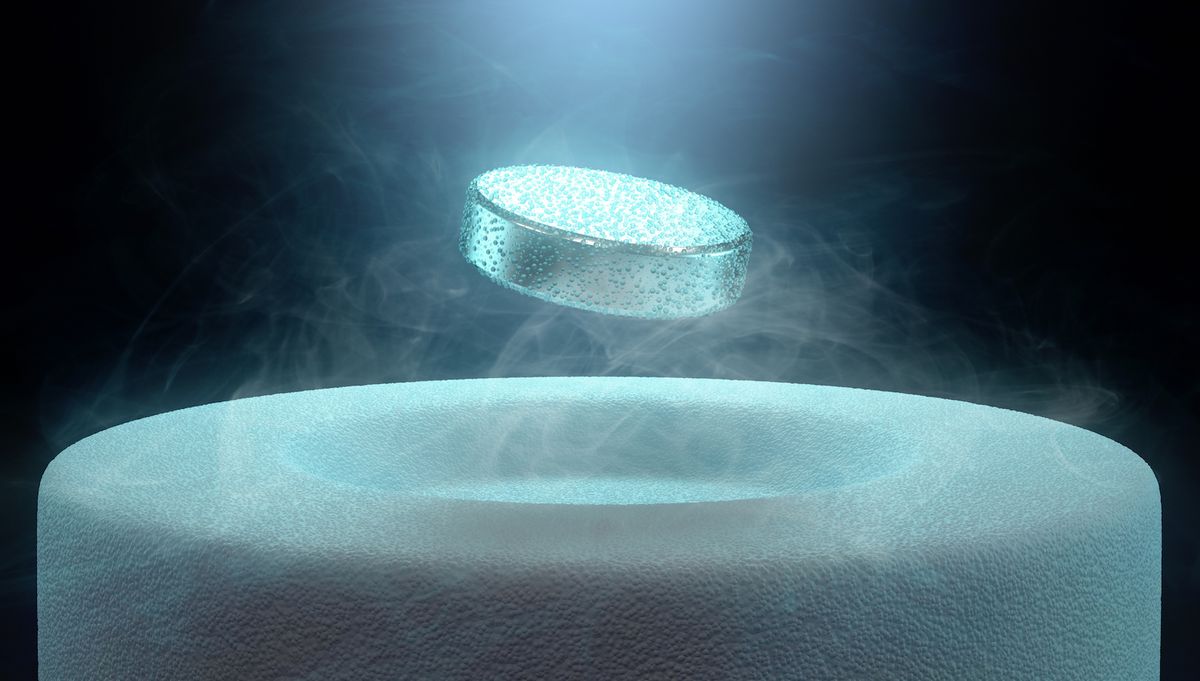Superconductivity Breakthrough: Electron Pairs Found at Unexpected Temperatures

Scientists have discovered a crucial process for superconductivity occurring at higher temperatures than previously believed, a potentially significant step towards the elusive goal of a room-temperature superconductor.
The research, published in the journal *Science*, revealed that electrons pair up at temperatures as high as -190 degrees Fahrenheit (-123 degrees Celsius) within an unexpected material: an electrical insulator. This pairing is a key ingredient in the near-lossless flow of electricity found in superconducting materials at extremely low temperatures.
While the researchers are puzzled by the phenomenon, understanding it could be key to developing room-temperature superconductors. âThe electron pairs are telling us that they are ready to be superconducting, but something is stopping them,â explained Ke-Jun Xu, a graduate student at Stanford University and co-author of the study. âIf we can find a new method to synchronise the pairs, we could potentially build higher temperature superconductors.â
Superconductivity arises from the ripples generated by electrons moving through a material. At sufficiently low temperatures, these ripples attract atomic nuclei, creating a slight charge offset that draws a second electron to the first.
This pairing of negative charges is unexpected, as they should normally repel each other. However, electrons within a âCooper pairâ operate under different quantum mechanical rules, behaving more like light particles, with an infinite number able to occupy the same point in space simultaneously. When enough Cooper pairs form, they create a superfluid, flowing without any energy loss due to electrical resistance.
While the first superconductors, discovered in 1911, only reached this zero-resistance state at incredibly low temperatures close to absolute zero (-459.67 degrees Fahrenheit, -273.15 degrees Celsius), a copper-based material called a cuprate was found in 1986 to become superconducting at a much warmer (but still very cold) -211 degrees Fahrenheit (-135 degrees Celsius).
This discovery sparked hopes for room-temperature superconductors, but research into the unusual behaviour of cuprates slowed. In 2023, viral claims of a viable room-temperature superconductor ended in accusations of data falsification and disappointment.
The current research focused on a cuprate known as neodymium cerium copper oxide, which exhibits a relatively low maximum superconducting temperature of -414.67 degrees Fahrenheit (-248 degrees Celsius). The researchers shone ultraviolet light onto its surface and observed a peculiar reaction.
Normally, light packets (photons) striking a cuprate with unpaired electrons give them enough energy to be ejected from the material, causing a significant energy loss. However, electrons within Cooper pairs resisted this photonic eviction, resulting in a minimal energy loss.
Despite the material's zero-resistance state only occurring at very low temperatures, the researchers found that the energy gap persisted up to 150 Kelvin (-185 degrees Celsius). Furthermore, the pairing was surprisingly strongest in the samples that best resisted electrical current flow.
This discovery suggests that even though neodymium cerium copper oxide is unlikely to reach room-temperature superconductivity, it may hold valuable clues to finding materials that can.
âOur findings open a potentially rich new path forward. We plan to study this pairing gap in the future to help engineer superconductors using new methods,â said Professor Zhi-Xun Shen, senior author of the study and a physics professor at Stanford. âWe want to find ways to manipulate these materials to perhaps coerce these incoherent pairs into synchronisation.â
This groundbreaking research provides fresh hope for the quest for room-temperature superconductors, potentially revolutionising fields like energy transmission, computing, and medical imaging.





